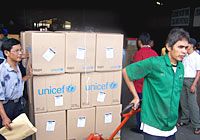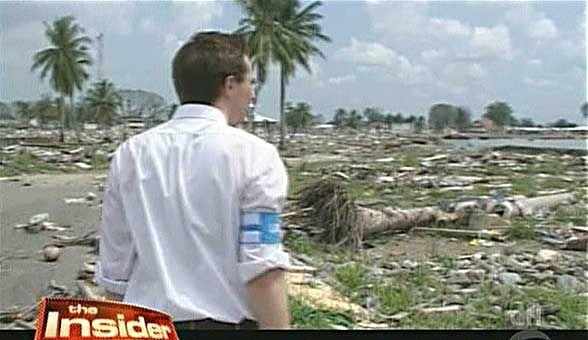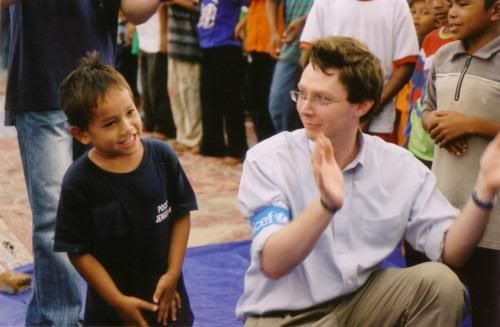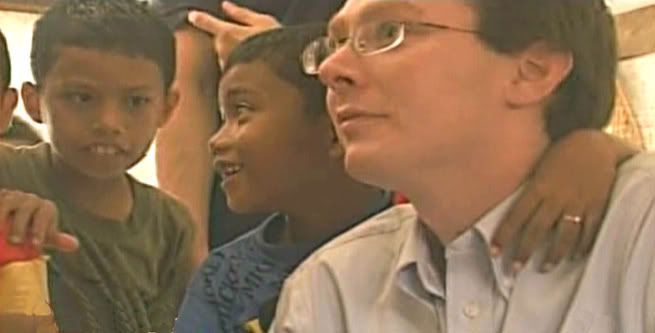 On Sunday, 26 December 2004, the greatest earthquake in 40 years occurred about 150 kilometers off the west coast of northern Sumatra Island in Indonesia. The earthquake generated a disastrous tsunami that caused damage in 18 countries and destruction in 11 countries bordering the Indian Ocean.
On Sunday, 26 December 2004, the greatest earthquake in 40 years occurred about 150 kilometers off the west coast of northern Sumatra Island in Indonesia. The earthquake generated a disastrous tsunami that caused damage in 18 countries and destruction in 11 countries bordering the Indian Ocean.
The death toll count was almost 300,000 people. Over 5 million people were affected by the tsunamis and well over a million were left homeless. Of the fatalities, almost half were in Indonesia with very high casualties in Sri Lanka, India and Thailand as well.
 Waves of up to 10.5 meters in height struck Northern Sumatra, the Nicobar and Andaman Islands, Thailand, Sri Lanka, and India. Destructive waves also struck the Maldives, Somalia, Kenya and the islands off the African coast.
Waves of up to 10.5 meters in height struck Northern Sumatra, the Nicobar and Andaman Islands, Thailand, Sri Lanka, and India. Destructive waves also struck the Maldives, Somalia, Kenya and the islands off the African coast.
Today, a massive international aid effort has rebuilt tens of thousands of homes, schools and ro ads.
ads.
Over 7 billion U.S. Dollars have been provided as humanitarian aid for those affected by the tsunami and as a result many of these regions have recovered sufficiently to provide for their inhabitants. However, there remains much to be done. In Sri Lanka the Tamil Tigers (a guerilla organization) have prevented much of the necessary aid being conveyed to affected people. Throughout Indonesia, Malaysia and Thailand fishing villages have been destroyed beyond repair. The occupants of these villages simply have nowhere to go and they still have nothing.
Each year since the tragedy, the communities that have been affected by the Tsunami have had touching memorial services and this year, many of the communities will include candles floating in the ocean as a part of their service.
UNICEF was one of the first organizations to reach the devastated areas. Clay Aiken traveled to Indonesia’s tsunami-ravaged Aceh province the following March. According to the UNICEF site:
He saw firsthand how UNICEF was successfully addressing the physical and emotional needs of children affected by the disaster, and he brought this message of hope back to Congress. The new celebrity ambassador pointed out that the assistance Congress provides to UNICEF in the annual appropriations enables it to be an effective partner of the United States in responding to emergencies like the South Asian tsunami. He testified that the funding provided by Congress to UNICEF is an investment that yields returns for children in jeopardy around the world.
Clay Aiken is an example of an accomplished celebrity who is lending his talent and heart to bring UNICEF’s work to the attention of the decision-makers in Washington. He is among those who truly serve as ambassadors to the legislative leaders who can help make this a world fit for children.
When I look back and remember, it reminds me of how very lucky I am. It also makes me very proud to be a fan of Clay Aiken. After all, this is the kind of thing that I expect when I think about Clay!
Do you think that Clay will continue his work with UNICEF?


